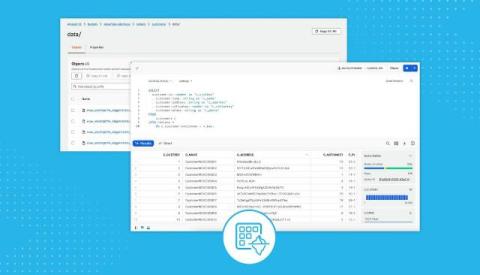Top 31 Test Automation Statistics in 2024
Have you ever considered the importance of test automation services in software development? There is growing user demand for advanced features and faster releases, Moreover, development teams are constantly pressured to deliver high-quality applications quickly. Test automation transforms the industry by enabling faster, more efficient, and reliable testing processes. Automation testing offers numerous benefits: It’s faster, more efficient, and cost-effective than manual testing.











